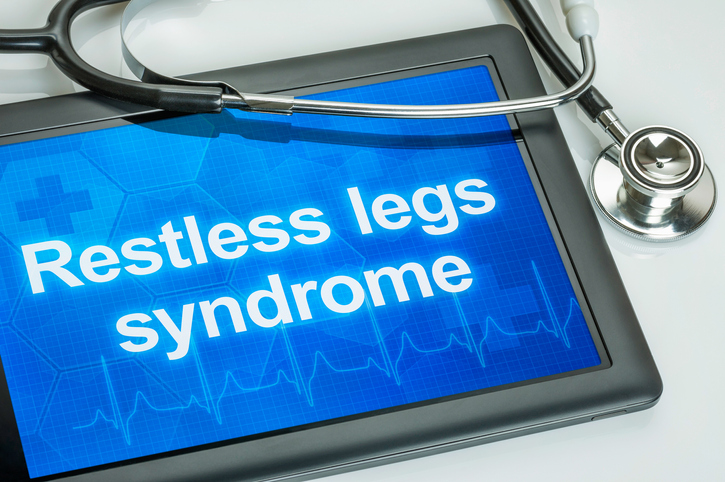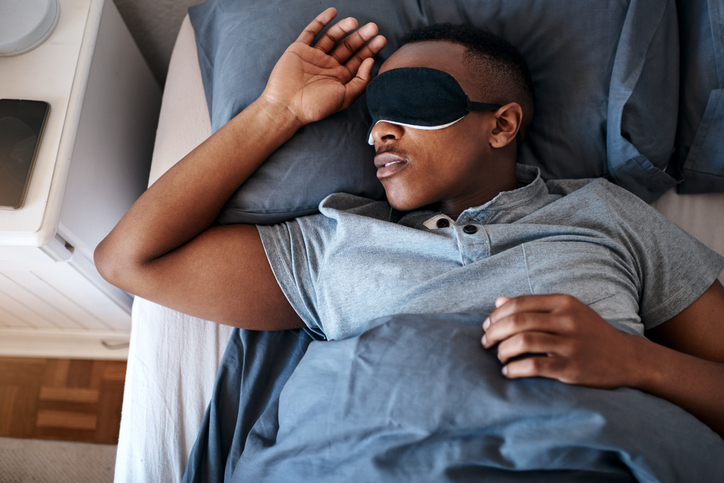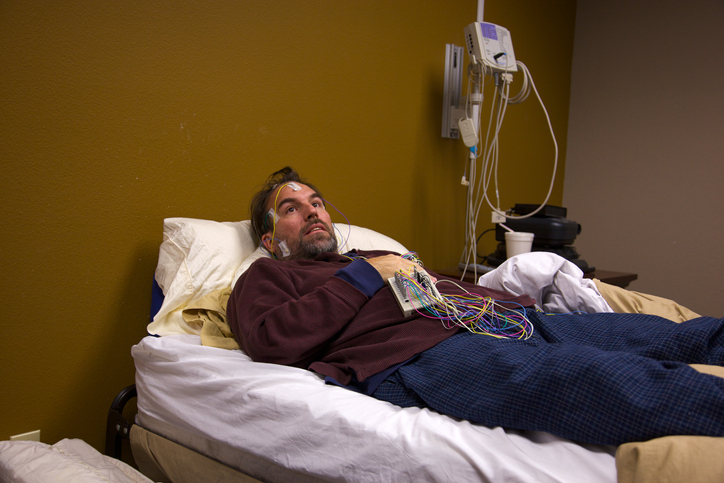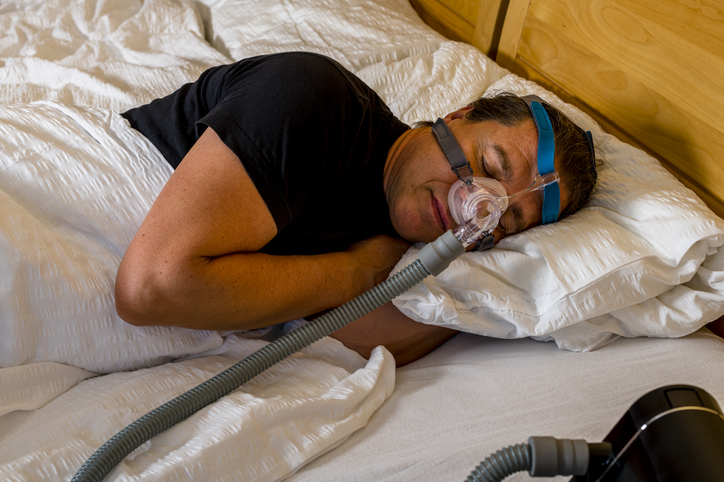Living with Chronic Pain
Alternative and Complementary Treatments for Restless Legs Syndrome (RLS)
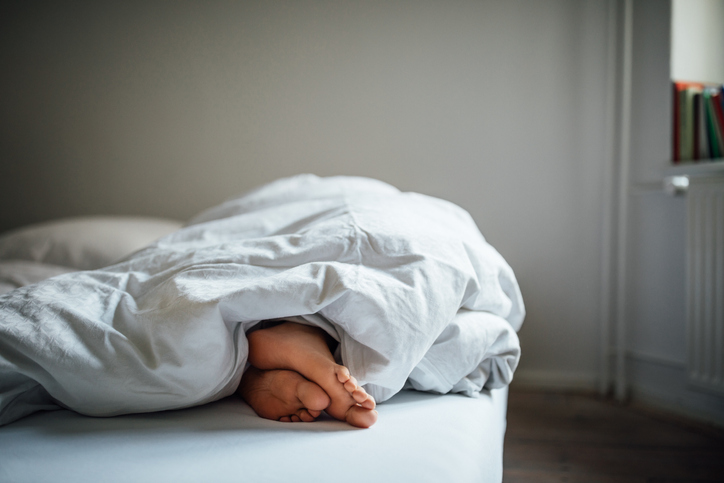
What is restless legs syndrome?
Restless legs syndrome, or RLS, is a neurological disorder that causes an uncontrollable urge to move the legs. It is also known as restless legs syndrome/Willis-Ekbom disease (RLS/WED). Restless legs syndrome causes irrepressible jerking or twitching of the legs during sleep, resulting in sleep deprivation; therefore, RLS is also considered a sleep disorder.
Alternative and complementary treatments
In addition to conventional medical treatments for restless legs syndrome, several alternative and complementary treatments are also available. These treatments aim to relieve the unpleasant sensations in the legs and improve the quality of sleep.
Acupuncture
Acupuncture is a type of traditional Chinese medicine in which needles, heat or pressure is applied to specific places on the skin. Needle-based acupuncture may help relieve both the uncomfortable sensations and periodic leg movements associated with RLS, leading to improved sleep.
Massage
Getting a lower body massage, especially close to bedtime, may help prevent RLS symptoms. Massage encourages sleep by increasing circulation, boosting dopamine production and promoting relaxation.
Near-infrared light (NIR) therapy
Near-infrared light therapy involves the use of low-energy light that may help reduce pain. This type of therapy is often used for nerve damage or neuropathy and may also be beneficial for RLS symptoms.
Vitamin and mineral supplements
If RLS is related to an underlying iron deficiency, iron supplementation (oral or intravenous) may be beneficial. This treatment should only be used if a blood test reveals a low blood-iron level. Another supplement that can help is magnesium, which is a natural muscle relaxant. Vitamin B12 and vitamin D may also reduce symptoms. Supplements can have side effects or interact with medications, so a health care professional should be consulted before taking any new supplement.
Relaxation techniques
Stress can make symptoms of RLS worse. Relaxation techniques can help relieve stress, relax the muscles in the legs, and promote healthy sleep. Examples of relaxation techniques include meditation, yoga, deep breathing, or progressive muscle relaxation.
These alternative and complementary treatments can be used along with conventional medical treatments or may even replace the need for medications. Individuals should speak with a physician to determine which treatments may be best for them.


